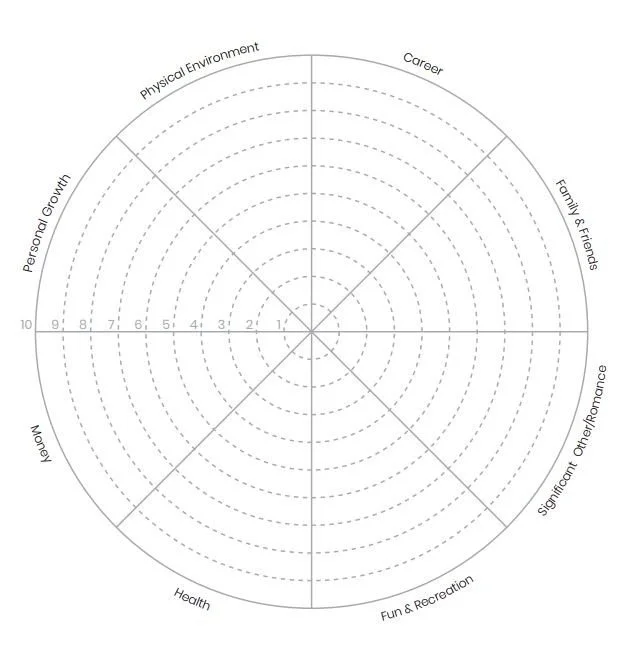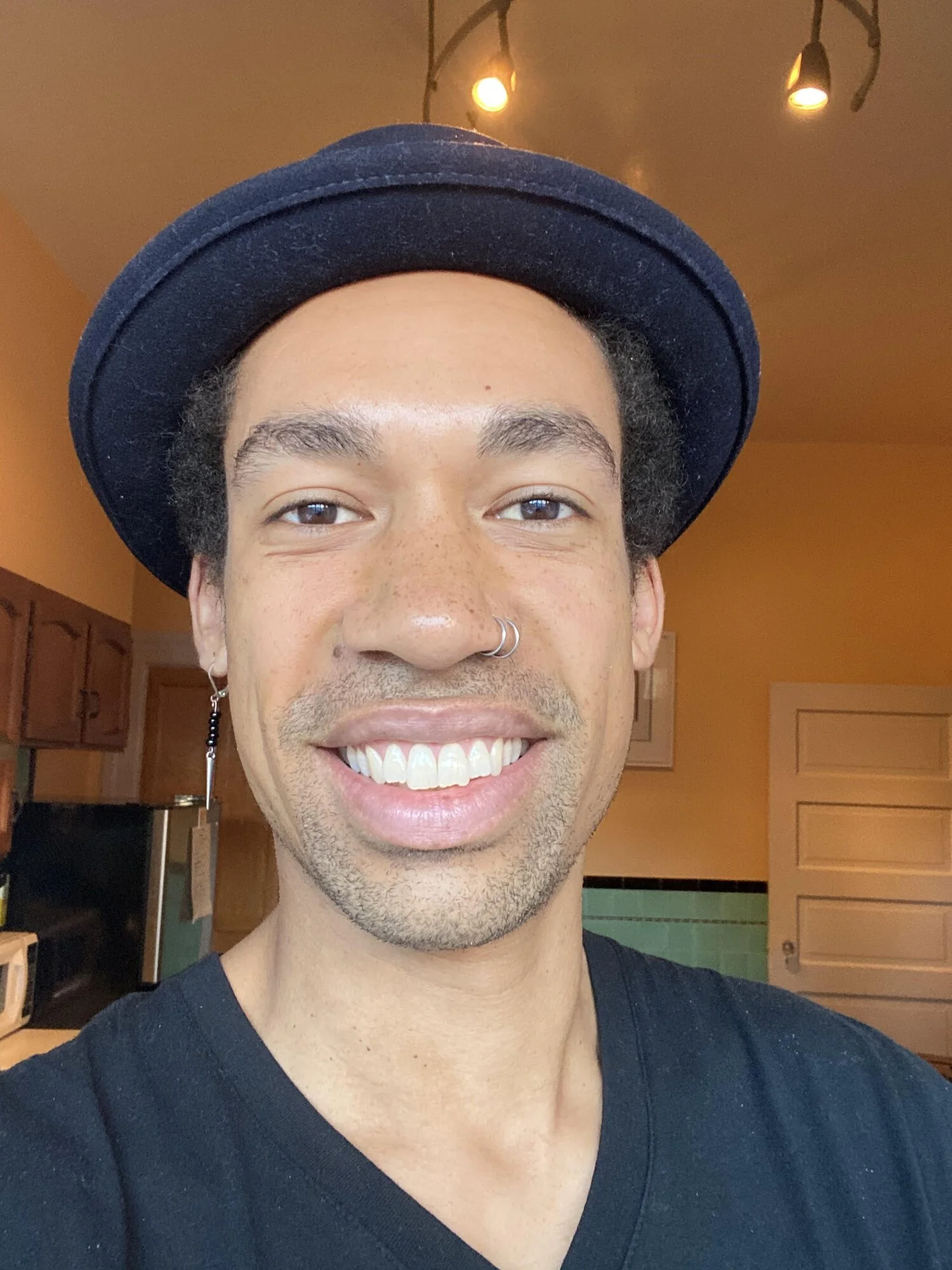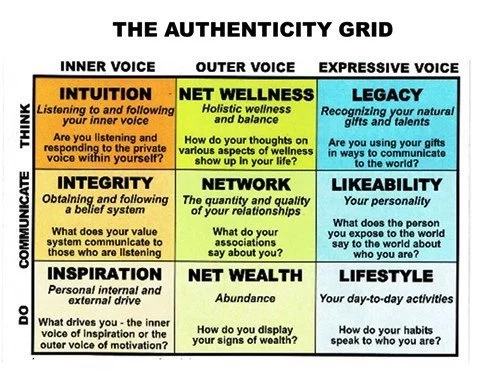4 examples of tools that coaches use
Photo by özgür özkan
What does a life coach do?
A fellow coach named Simonetta Batteiger shared this insightful and accurate list of what a coach can help with in response to her 10 year old niece’s question of what a coach does. In Simonetta’s words, a coach is somebody who:
Helps you be the best version of yourself
Helps you find out what is important for you
Helps you understand how you can reach your goals
Helps you build out your strengths
Helps you to find new ways to look at things. Then you can see new ways to solve a problem
Is going to support and challenge you. It's not that different from being a teacher. But one that helps the students learn themselves.
Is really good at asking questions. Children are great at asking good questions. I learn from [Simonetta’s niece and her brother and sister] every time I visit [them]
Here are 4 tools that are used by coaches in their work of supporting people to make meaningful life changes.
Meet the coaches and their tools
Rosemary Pontarelli, Chief Evolution Officer of Spark and Rose Coaching
Rosie is a CoActive Leadership and Career-Life coach & leadership/organizational development professional with 14 years of experience in the healthcare sector. She’s also a mother of 2 wonderful small children. Rosie is deeply passionate about partnering with women and parents to achieve their optimal balance of impact and wellbeing in their career and lives.
Rosie’s favorite coaching tool: The Wheel of Life
One of my favorite coaching tools is the tried and true wheel of life. It’s simple and how it’s used by a coach can bring a world of benefit.
Why is it awesome?
Through a conversation with your coach, it gives you a snapshot of what’s giving and zapping energy and joy in your work and life.
Through skillful coaching, you come to new revelations and a coach will dig deep with you on what what you want deep down, what needs to shift to get more to the life you want. The resulting awareness is more powerful, the wants more bolder than reflection alone.
What is it?
Think of it as the pie of your life, cut into 8 pieces. Each piece represents an aspect of your life you might like to explore in coaching - work or personal life related - with 10 concentric circles as the sliding scale of satisfaction in each area.
How does it work?
Usually a coachee comes to a sample or discovery session with me with a rough idea of what they want to shift and I coach suggest this to dig deeper. The eight sections in the Wheel of Life represent different aspects of life. Based on the aforementioned topics we use the traditional wheel, professional wheel or we customize one with topics that are most relevant to the client.
Seeing the center of the wheel as 1 (deeply unsatisfied) and the outer edges as 10, my client ranks their level of satisfaction with each life area by drawing a straight or curved line to create a new outer edge. The new perimeter represents the wheel of your life. If this were a real wheel, how bumpy would the ride be?
I then guide the client to choose 2-3 initial areas to define from-tos and where they want to be (often between 8-10) in a specific time frame. Which areas - if you moved them out to a 8-10 - would make your wheel rounder and give more ease and flow in your ride of life? We really get into “living the dream” of the 8-10 - with methods to explore creative thinking and vision (embodiment, metaphor, powerful questions). The result is a much clearer picture on focus areas for development, why they are important, desired outcomes, self-limiting beliefs, core values and shifts that need to happen. A true kickstart for positive or to use again before a major career-life transition.
Kaidi Bowen, Leadership & Confidence Coach CPCC PCC
Kaidi is a PCC CPCC ICF Leadership/Career Coach. Playing Big Facilitator. A Bank Manager for 20 years. Kaidi is passionate about helping business owner to be fulfilled & prosper.
Kaidi’s favorite coaching tool: The Values Workbook
The values workbook is a tool I have used personally and with clients. It was shared with me by my coach when I first began coaching.
A values workbook is a fabulous tool to help you clarify what's important in life and how you want to live it. It will help you bring out the best in yourself and others, as well as identify areas where you are NOT aligning with your values and dissonance is being created as a result.
Values need revisiting over time as our values do change.
What are Values?
Our values are like our guiding stars. They are what helps you decide what is important to you, and how to behave in the world. Values are about creating an authentic life of meaning for yourself.
The most important element of values is that they help us live our own version of our ideal life as opposed to living someone else's version of their ideal life! So, they help us be authentic.
Values are what we use to make decisions.
Values have a direct impact on how we make choices. It's important not only to identify what our values are but also how they influence our lives.
Our values are great for giving new perspective creating powerful questions. For example: “If you considered this choice from the perspective of your top value – “family” what shows up, then?” Or Connection is one of your values and “you are thinking of going self-employed how will you maintain “Connections?”
Values are about creating an authentic life of meaning for ourselves.
The importance of values in coaching is often underestimated as a decision-making tool.
Values allow us to be congruent with who we are at our core, so when a client is unsure what they believe, values will guide them.
Our values often form our beliefs, attitudes, behaviours, and actions in life. so, they also highlight “Limiting Beliefs” we may have grown out of.
Being congruent with our values is important because it helps us feel good about ourselves and gives us peace of mind knowing that what we do is in alignment with who we want to be. This is when fulfilment shows up.
If a decision is congruent with your values, it will be easier to move forward with that decision. If not, then change must happen one way or another to move forward.
Gabe Kwakyi: Life/Leadership Coach & Founder of The Musing Mind
Gabe Kwakyi is a writer, coach & entrepreneur with 10 years of life/leadership experience. Gabe is deeply passionate about empowering others.
Gabe’s favorite coaching tool: Ikigai
My favorite coaching tool is a Japanese concept called “Ikigai,” which means “reason for being.” People have adapted this concept into a tool by creating a 4-way Venn Diagram that spans 4 different prompts, the center of which culminates in a person’s Ikigai, or reason for being.
The Ikigai tool asks us for 4 inputs:
What do we love doing?
What are we good at doing?
What does the world need?
What can we be paid for doing?
I love using this concept as tool for many reasons, including:
It’s a very simple exercise and one that all of us can do, no matter what our lives are like
Most of us are visual learners, and so the diagram layout of Ikigai appeals to this innate desire to engage in visuals over words
It’s inspirational and aspirational, which encourages us to dream. In modern society, we spend most of our time in problem-solution oriented thinking and don’t spend enough time dreaming, which is what enables us to unlock our true inner authorities and creative spirits
It offers some guide rails, by using 4 different prompts to arrive at a purposeful idea for how we can best use our talents in life, rather than using a more intimidating single prompt, such as “what is your purpose in life?”
Take 5 minutes and try it for yourself! Take a Saturday or Sunday afternoon and go to a park, coffee shop, or other environment that makes you feel inspired and expansive, and see what you come up with!
Jonathan Ger, Life/Leadership Coach and Founder of Jonathan D. Ger Consulting
Jonathan is a life & leadership coach with a passion for being part of the growth & development of others. He loves family, sports & music.
Jonathan’s favorite coaching tool: The Authenticity Grid
Many of us who work with a coach, and/or coach others, have found that we share the same desire - to feel content. Although it isn’t always the word that someone would use to describe it to a coach, it often is the result that they are looking for. When you feel highly satisfied in most areas of your life, you feel contentment. This is not to be confused with being stagnant, but rather the deep and true understanding of self and how you fit into the world around you. I use the Wheel of Life to assist others in determining the areas of their lives that they would like to feel a greater sense of satisfaction. This is an excellent starting point!
Once we know (if we didn’t already), the areas that we want to focus on, I like to explore a pathway towards Authenticity. Often in one’s life we will “wear a mask” or follow a rule rather than gaining insight and understanding of how that “mask or rule” is impacting our core. This can lead to a feeling of being unsettled. Using one of my favorite tools; the Authenticity Grid (Norma Hollis) we can help to shed those masks!
Satisfaction + Authenticity = CONTENTMENT
The Authenticity Grid (Norma Hollis) helps us to explore what and how we: DO, COMMUNICATE, & THINK. We look at our INNER, OUTER, & EXPRESSIVE voices as they pertain to our overall Authenticity. More times than not, when someone understands what brings them satisfaction and they are able to be authentic in that pursuit, they’ve helped themselves
Whatever the reason is that has driven a person to seek out a coach (general work issues, desire to become a stronger leader, life, relationships, etc.), ultimately, many are seeking the desire to experience CONTENTMENT!
SOURCE: Norma Hollis
That’s all for today. Stay tuned to The Musing Mind for more leadership takeaways.







